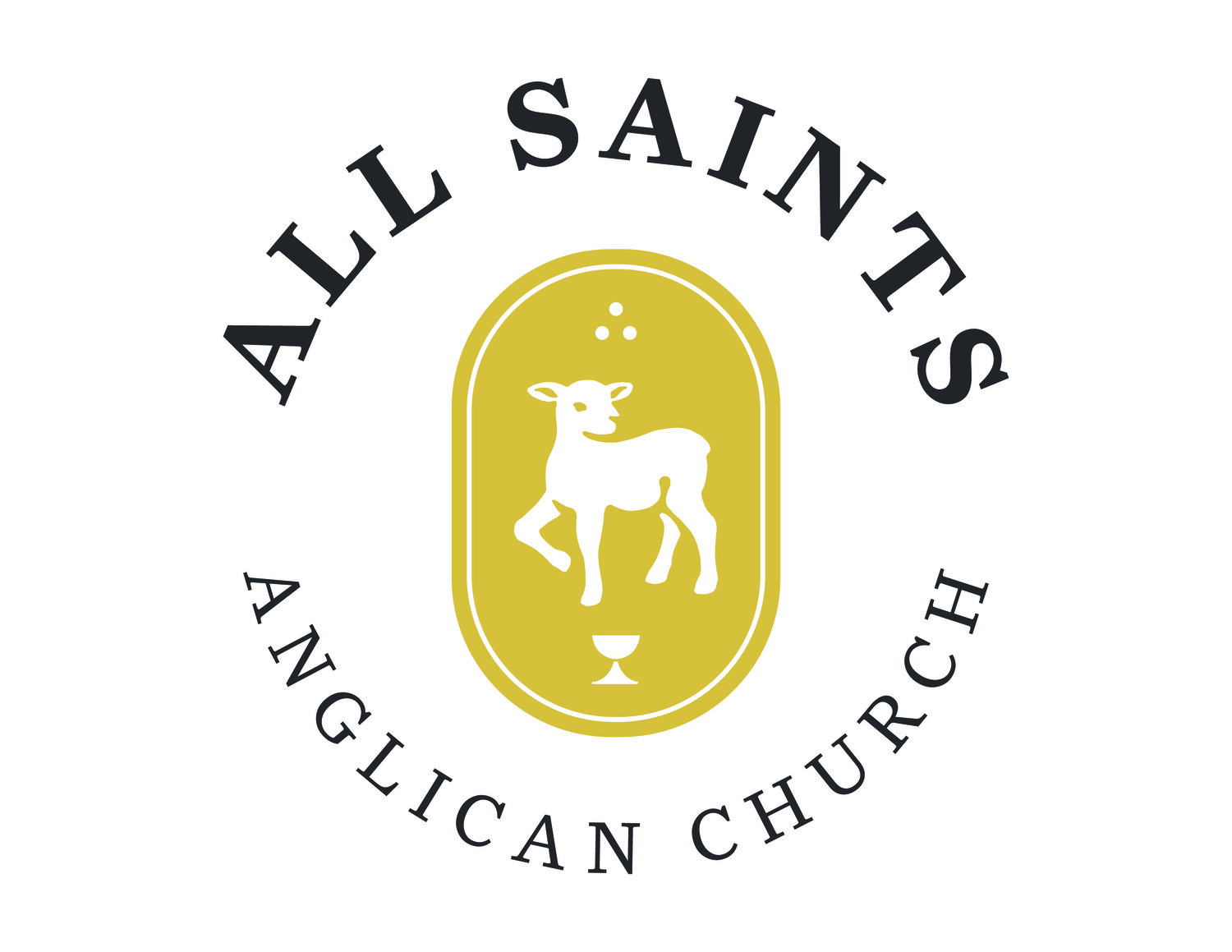In Chesterton’s short story “The Doom of the Darnaways” the heir of a great old English family has died in fulfilment of a legendary curse on the lineage which strikes-down every seventh generation. In the wake of the death of the most recent “seventh” of that line, the small priest and amateur sleuth, Father Brown, speaks with the family doctor and the family friend.
The family friend sees the death as a confirmation of the curse. The heir has been killed by a curse he had no control over. The family doctor sees it as the result of “the laws of heredity”. The heir has committed suicide due to psychological determinates he had no control over.
Fr. Brown rejects both options, explaining:
“…I don’t see a pin to choose between your scientific superstition and the other magical superstition. They both seem to end in turning people into paralytics, who can’t move their own legs or arms to save their own lives or souls. The rhyme [i.e. the prophecy of the curse] said it is the Doom of the Darnaways to be killed, and the scientific textbook says it is the Doom of the Darnaways to kill themselves. Both ways they seem to be slaves” (493).
One might add to these determinisms also a theological one: a radical determinism of a fundamentalist sort. And also a socio-cultural one: a sociological determinism. Against all of these easy determinisms, the grace of God invites us into the messy and dynamic struggle of life-with-God which is never a pure passivity, but an interplay of Divine and human wills in which the presence of one sovereignty does not negate the sovereignty of the other.
In an age in which the goetic malaise of Determinism lays thick and miasmic like fall-out, it is the place of the church to embody the truth that “whom the Son sets free is free indeed” (Jn. 8:36).


